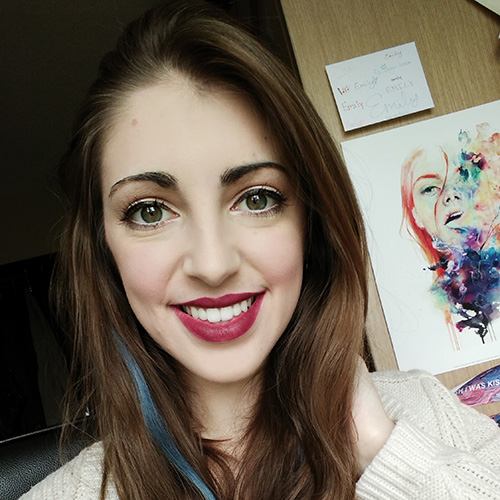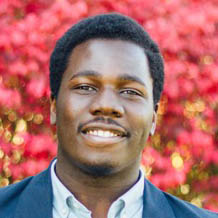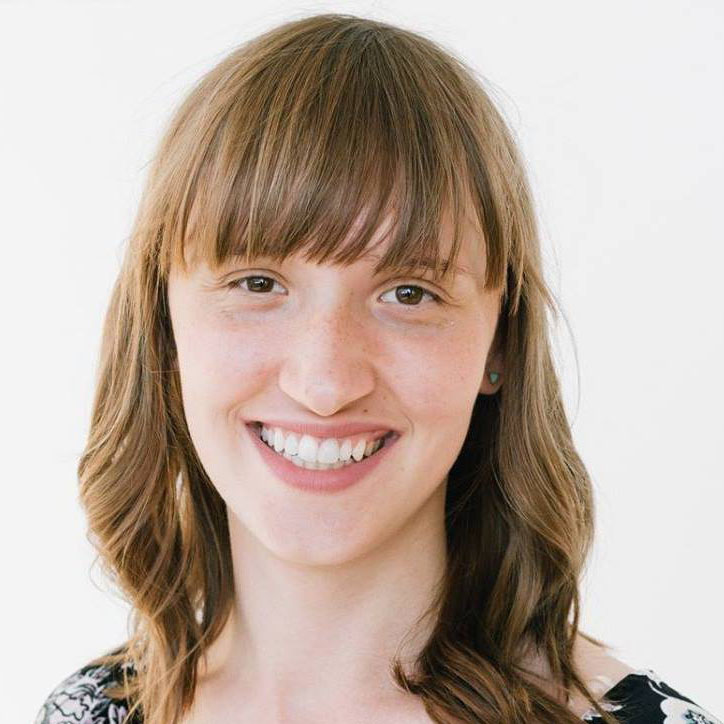Quotes
Hear from past students.
-

Emily
"I learned how to think in a more logical and structured way, and it gave me an appreciation for the digital world we live in, where nothing would work without code."
-

Seul
"I was able to make games and art works while I was learning. Learning to program helped me with my own projects such as trying out new app designs."
-

Seyitan
"I’ve become so familiar with coding in Processing that I've used it to quickly create UI prototypes and some computer generated art of my own that would have taken forever in Adobe After Effects."
-

Calvin
"The assignments were interesting and well thought out, challenging us to apply newly learned concepts. There's a certain confidence in solving tough problems that you really can't find anywhere else, which made this course extremely enjoyable."
-

Lauren
"We’re not only taught to write code but to do it creatively and visually. It's new and challenging but you feel supported the entire time because the professor and TAs are very involved."
-

Emily
"I've always been interested in bridging the gap between design and technology and feel that this course did a great job of providing me with a strong understanding of core computer science concepts while tying the content back to design applications."
-

Stephanie
"CS105/106 has taught me not only how to code, but to have fun with it. Going into it, I thought it would've been my least favourite course, but it ended up being my favourite. I got to code and design at the same time."
-
You
Could Be
Next!